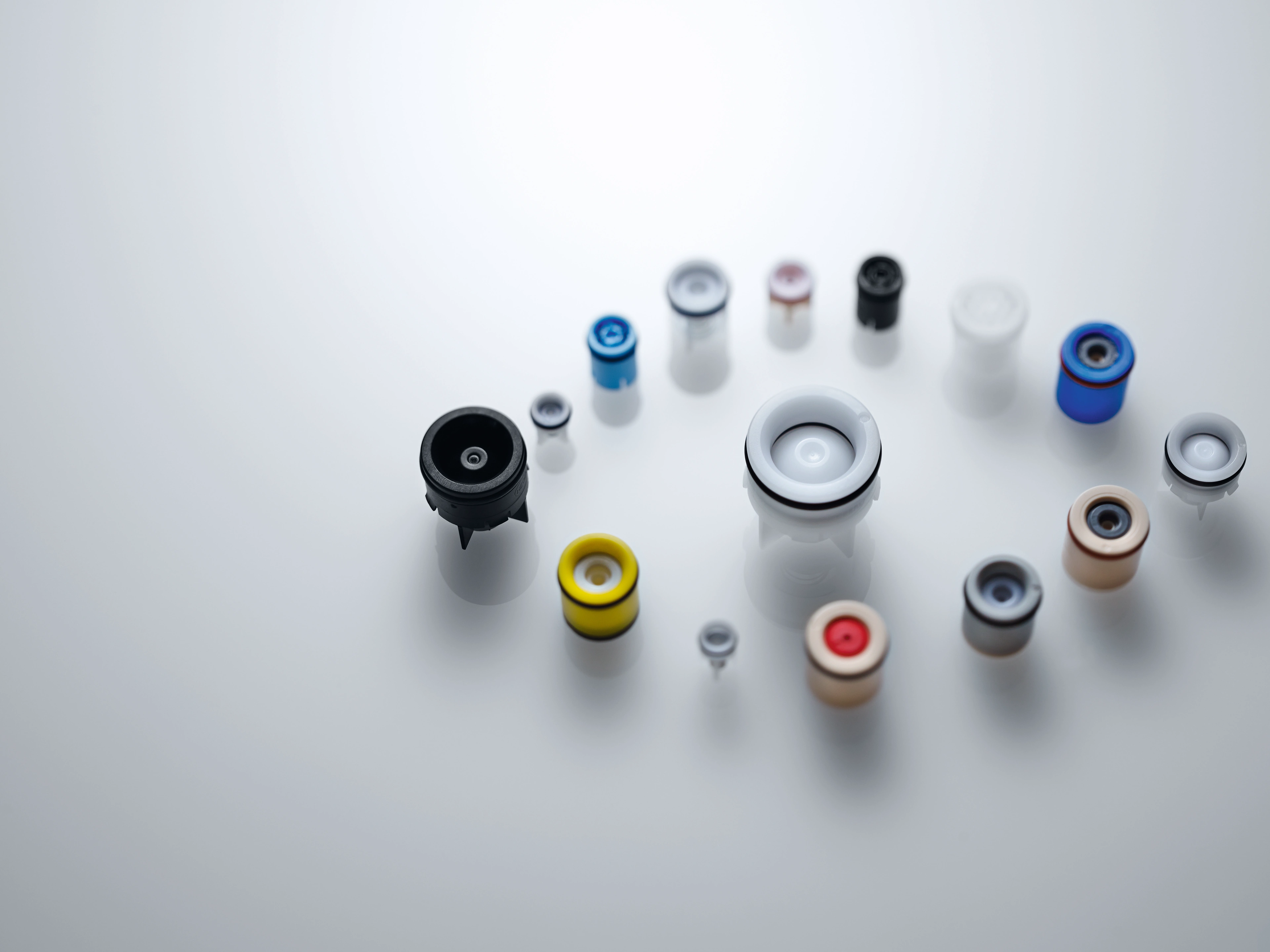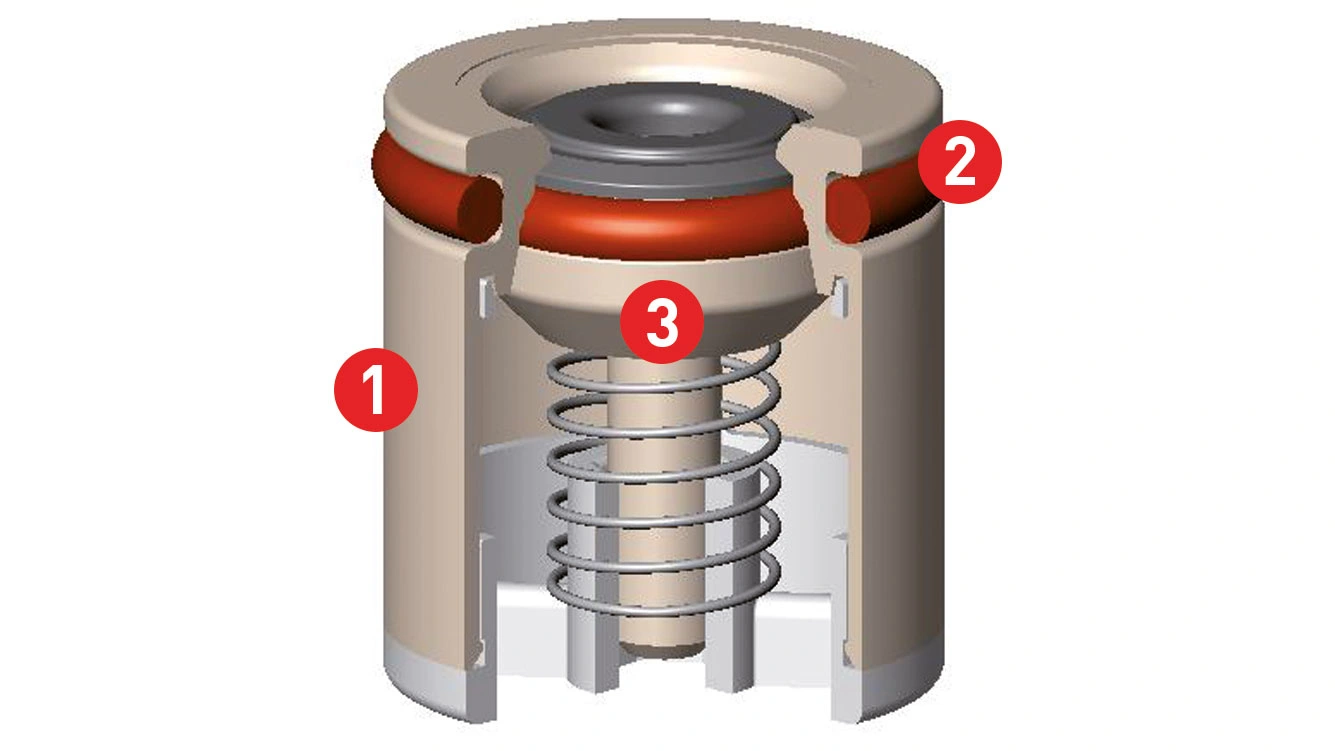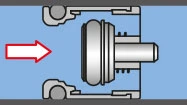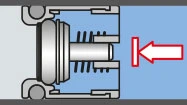Applications
Check valves, also referred to as backflow preventers, are used in sanitary and building faucets of drinking water installations. They keep the pipework free of unwanted backflow, back pressure or back siphonage of used water, and protect the drinking water system from contamination according to DIN EN 13959.
Check valves are mandatory in many countries around the world for products related to the supply of drinking water. Their other functions include the following:
- They protect sensitive devices from being damaged by the backflow of wastewater.
- They prevent pipework from running empty or dry, prevent the associated damage, and facilitate restarting.
- They prevent cross-over flow in systems with different line pressures.
- They ensure correct operation in complex systems by ensuring the direction of flow.
- They protect pressure-sensitive systems whenever the system pressure fluctuates.




